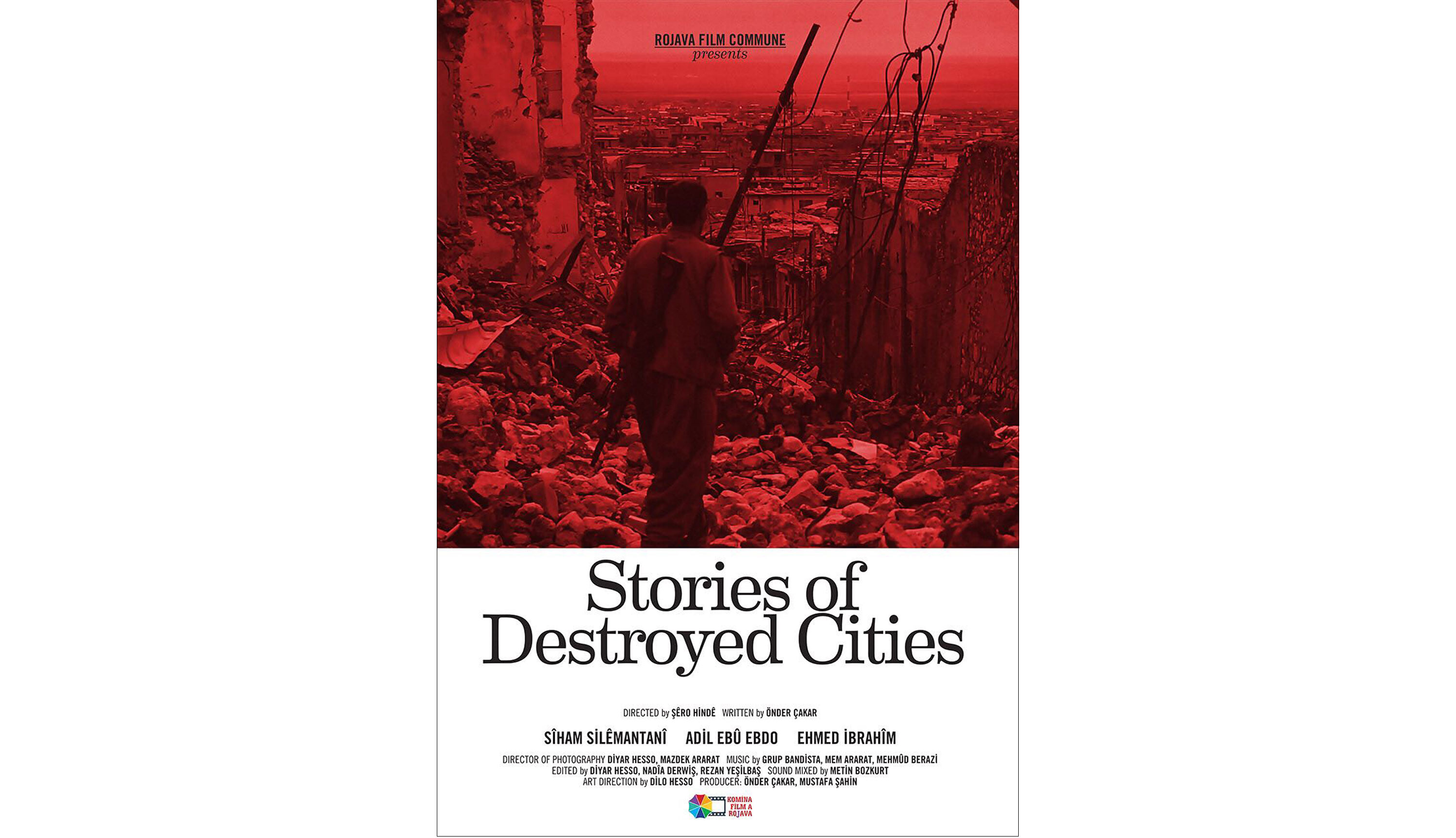On November 13, 1960 a blaze at a cinema in Amûde, Syria killed between 180 and three hundred Kurdish schoolchildren, most of whom were under the age of fourteen. The Egyptian horror film The Midnight Ghost was being screened. Attendance was mandatory for schoolchildren, as proceeds were supposed to go towards Algerian fighters seeking independence from France. During the last showing of the day, the projector overheated and ignited the projection room. Flames spread quickly throughout the building, which was made of straw, clay, and wood. The children inside panicked. The fire exits opened inward and the children were pushed against them. There was no fire department in the city, and emergency services from other cities came too late. Due to the political oppression of Kurds, the incident became seen as a deliberate massacre by the Syrian state. See “50 years: Remembering the Amûde cinema fire,” Kurdistan Commentary, November 11, 2010 →.
The interview was conducted in Berlin, June 17, 2017. Translation by Reşit Ballikaya and Baran Yoldas.
